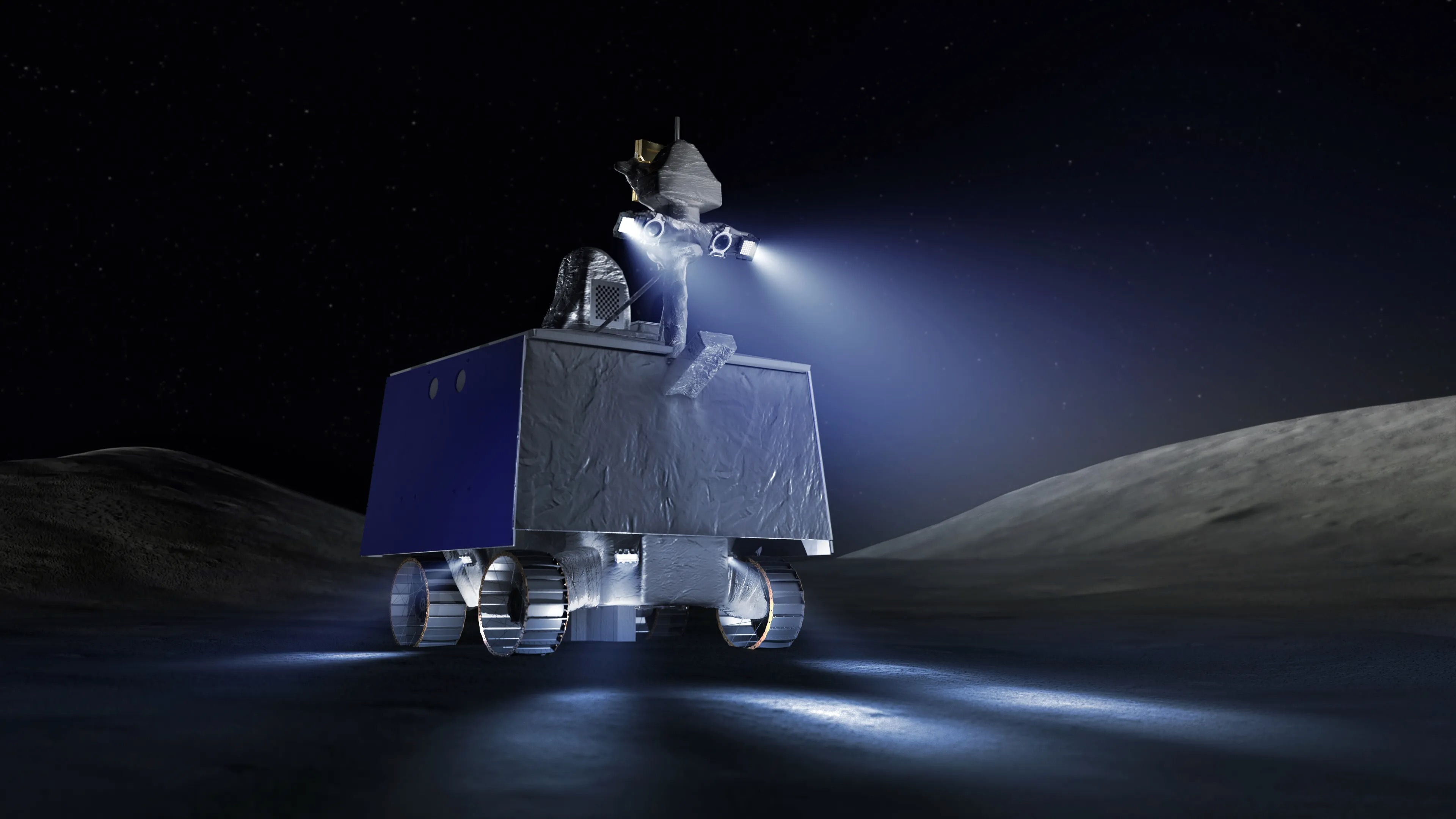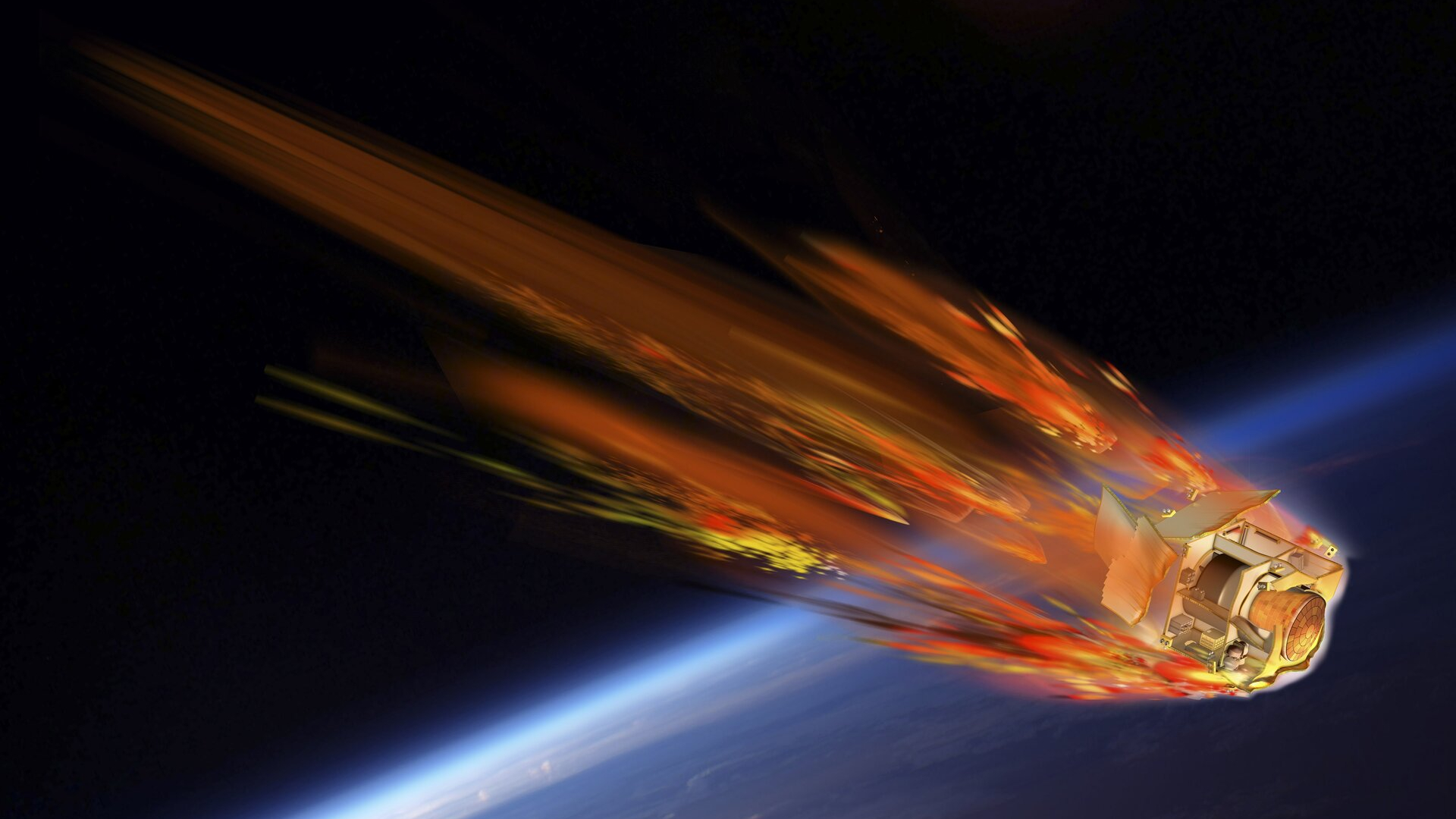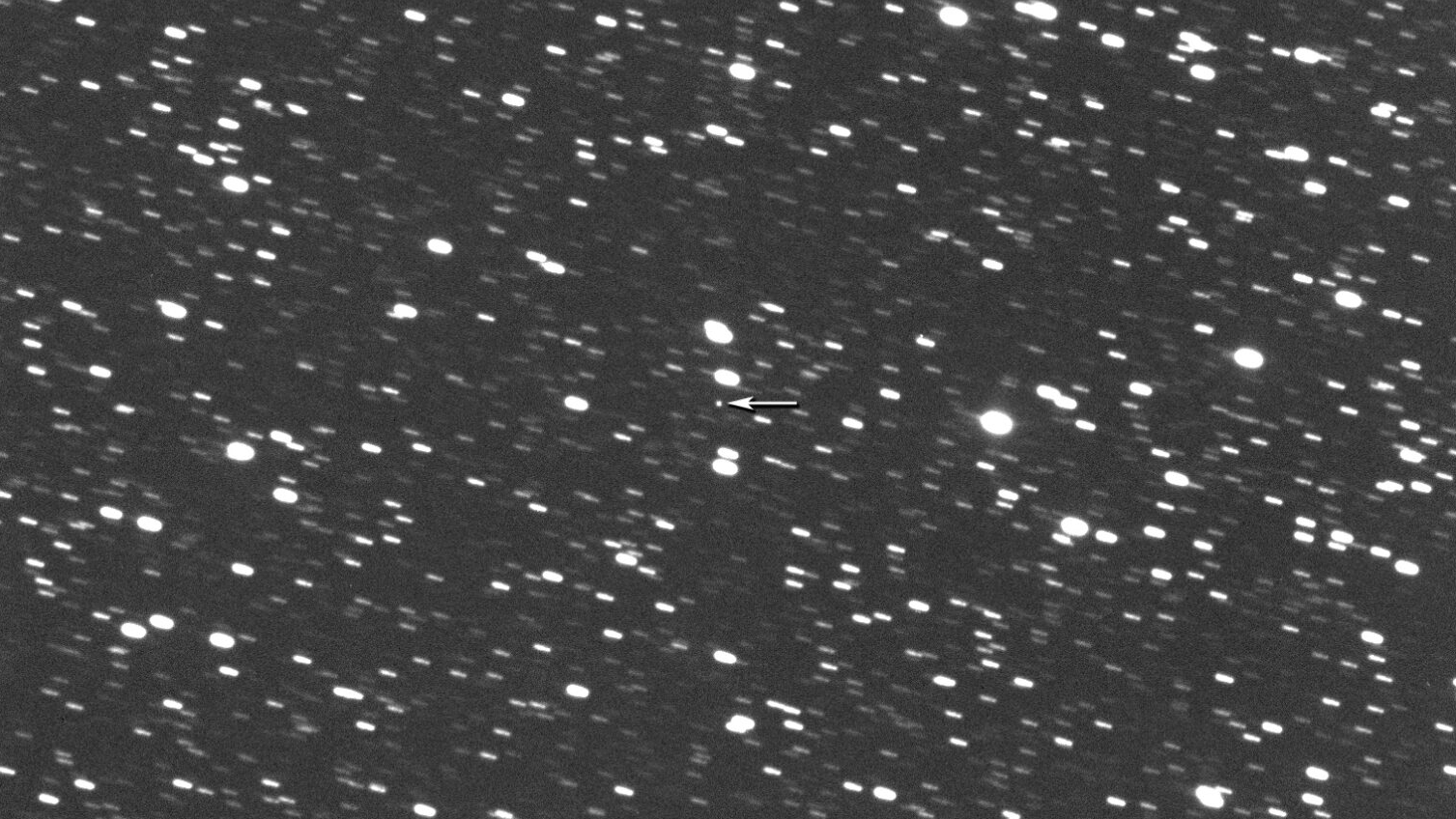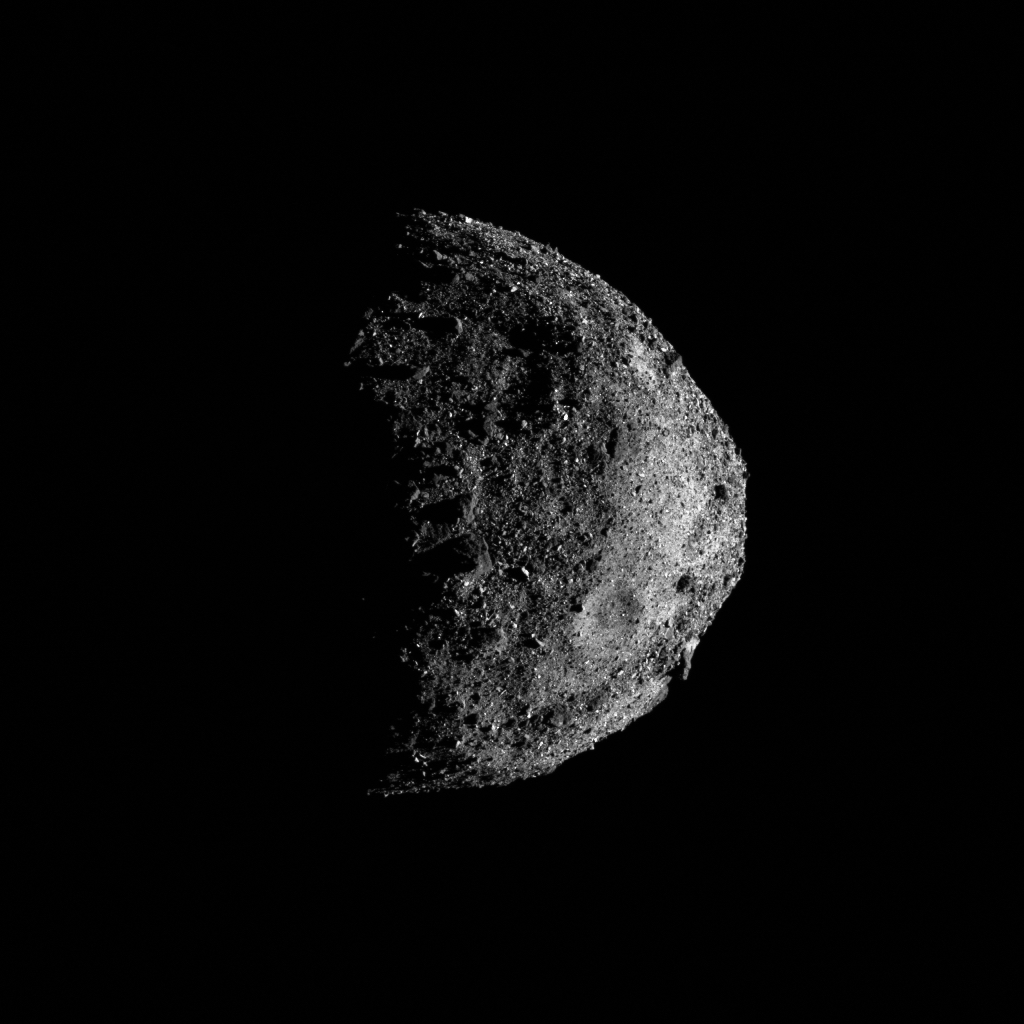
Despite what you may have heard, the Valentine's Day sky won't provide a glimpse of our impending doom. (Unless you're a star-crossed lover, of course.)
The English tabloid Express ran a story today (Feb. 11) with the headline "NASA warn 'APOCALYPSE asteroid' Bennu WILL appear in the sky this Valentine's Day."
The piece claimed that the 1,640-foot-wide (500 meters) asteroid Bennu — "a doomsday asteroid which has a high probability of impacting Earth in one hundred years time" — will be "visible to the naked eye" on the night of Feb. 14, slightly to the right of Mars. [Potentially Dangerous Asteroids (Images)]
This is entirely wrong. First of all, Bennu is not an "apocalypse asteroid," and NASA never labeled it such. (Agency scientists aren't known for their hyperbolic and florid language.) The space rock is classified as "potentially hazardous," but that's a broad designation that applies to many asteroids of sufficient size whose orbits bring them relatively close to Earth.
Here's NASA's description of the near-term impact risk from Bennu:
"Asteroid experts at the Center for Near-Earth Object Studies (CNEOS) at NASA's Jet Propulsion Laboratory in Pasadena, California, project that Bennu will come close enough to Earth over the next century to pose a 1 in 2,700 chance of impacting it between 2175 and 2196. Put another way, those odds mean there is a 99.963 percent chance the asteroid will miss the Earth. Even so, astronomers want to know exactly where Bennu is located at all times."
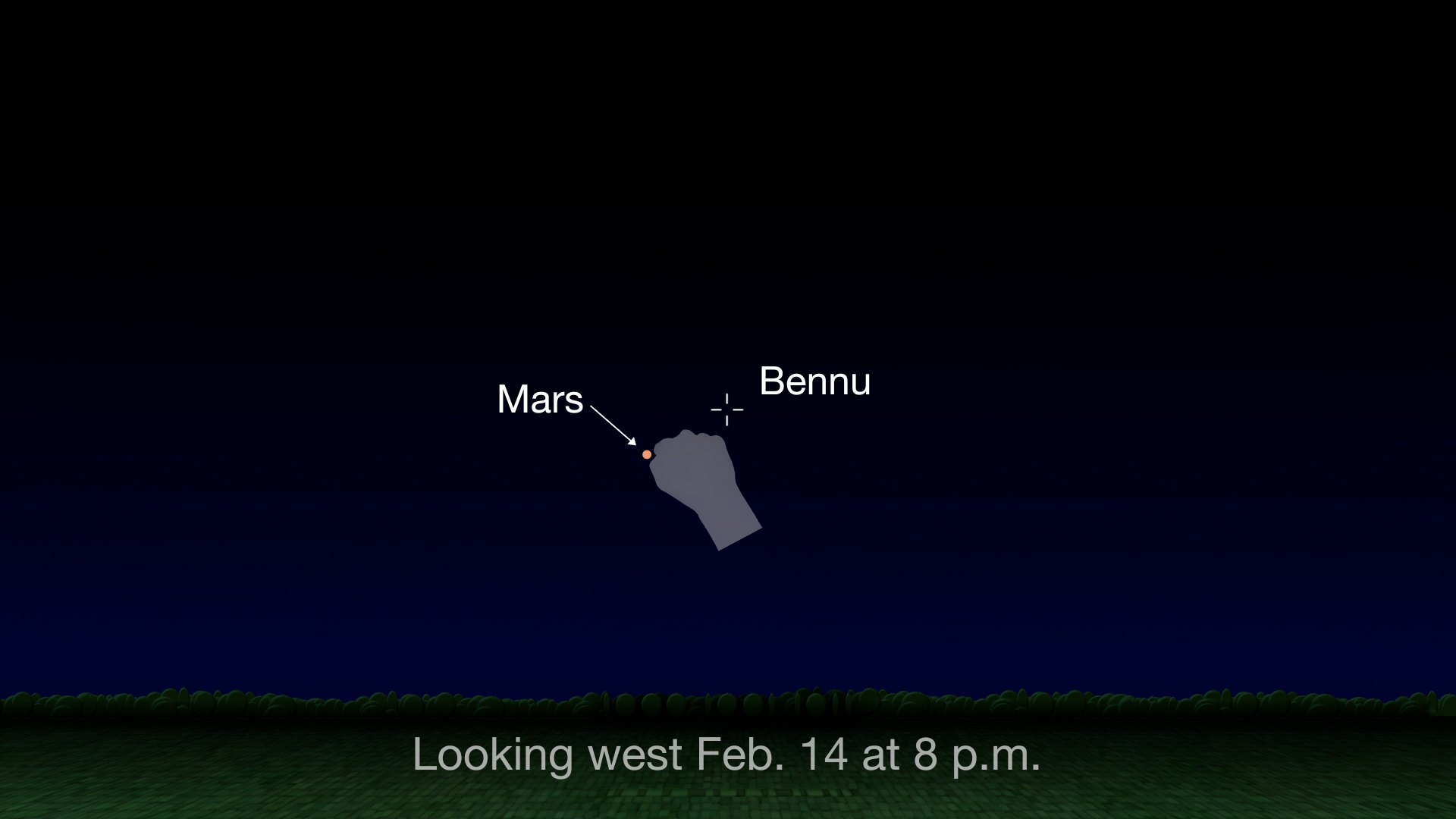
Even if Bennu did hit Earth, the damage would be far from apocalyptic. Such an impact would be devastating on a local scale, to be sure. But scientists estimate that asteroids need to be at least 0.6 miles (1 km) wide — about twice Bennu's diameter — to cause a global catastrophe.
Get the Space.com Newsletter
Breaking space news, the latest updates on rocket launches, skywatching events and more!
Then there's the visibility angle. Express may have gotten this bit from NASA's February 2019 skywatching guide, which did note that Bennu will be close to Mars in the Feb. 14 night sky — just a fist's-width to the right of the Red Planet, in fact. But the NASA piece stated that Bennu "is too faint to see without a telescope."
NASA highlighted Bennu here largely because the asteroid is the target of the agency's OSIRIS-REx sample-return mission. OSIRIS-REx entered orbit around the space rock on Dec. 31, setting a record for the smallest object ever circled by a spacecraft.
OSIRIS-REx is scheduled to snag a sample of Bennu material in mid-2020. If all goes according to plan, this stuff will come down to Earth in a special return capsule in September 2023. Scientists around the world will then sift through the dirt and rubble, hunting for clues about the solar system's early days and the role that carbon-rich asteroids like Bennu may have played in delivering life’s building blocks to Earth.
"So on the 14th, give a little wave to Bennu — and OSIRIS-Rex while you're at it," NASA officials wrote in the February skywatching guide.
Mike Wall's book about the search for alien life, "Out There" (Grand Central Publishing, 2018; illustrated by Karl Tate) is out now. Follow him on Twitter @michaeldwall. Follow us @Spacedotcom or Facebook. Originally published on Space.com.
Join our Space Forums to keep talking space on the latest missions, night sky and more! And if you have a news tip, correction or comment, let us know at: community@space.com.

Michael Wall is a Senior Space Writer with Space.com and joined the team in 2010. He primarily covers exoplanets, spaceflight and military space, but has been known to dabble in the space art beat. His book about the search for alien life, "Out There," was published on Nov. 13, 2018. Before becoming a science writer, Michael worked as a herpetologist and wildlife biologist. He has a Ph.D. in evolutionary biology from the University of Sydney, Australia, a bachelor's degree from the University of Arizona, and a graduate certificate in science writing from the University of California, Santa Cruz. To find out what his latest project is, you can follow Michael on Twitter.

